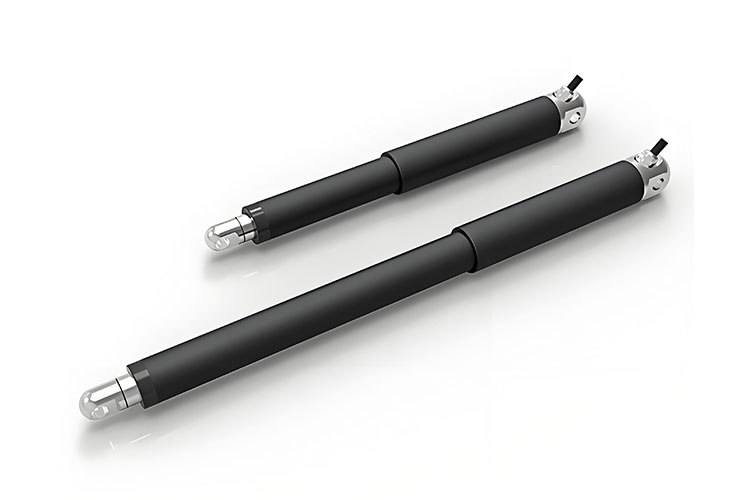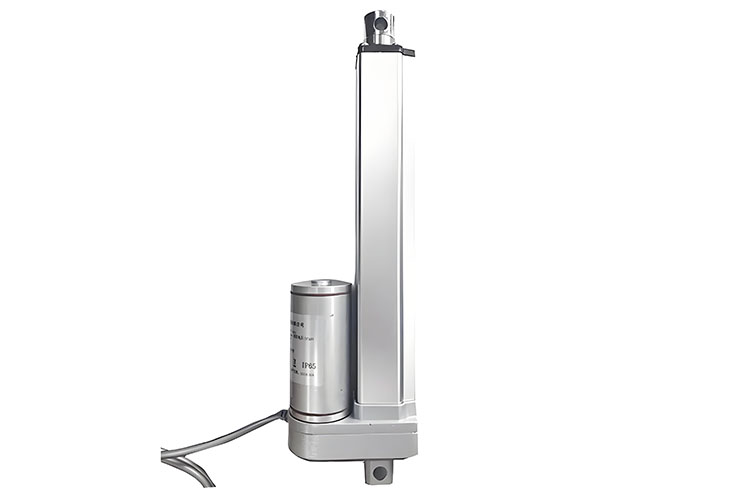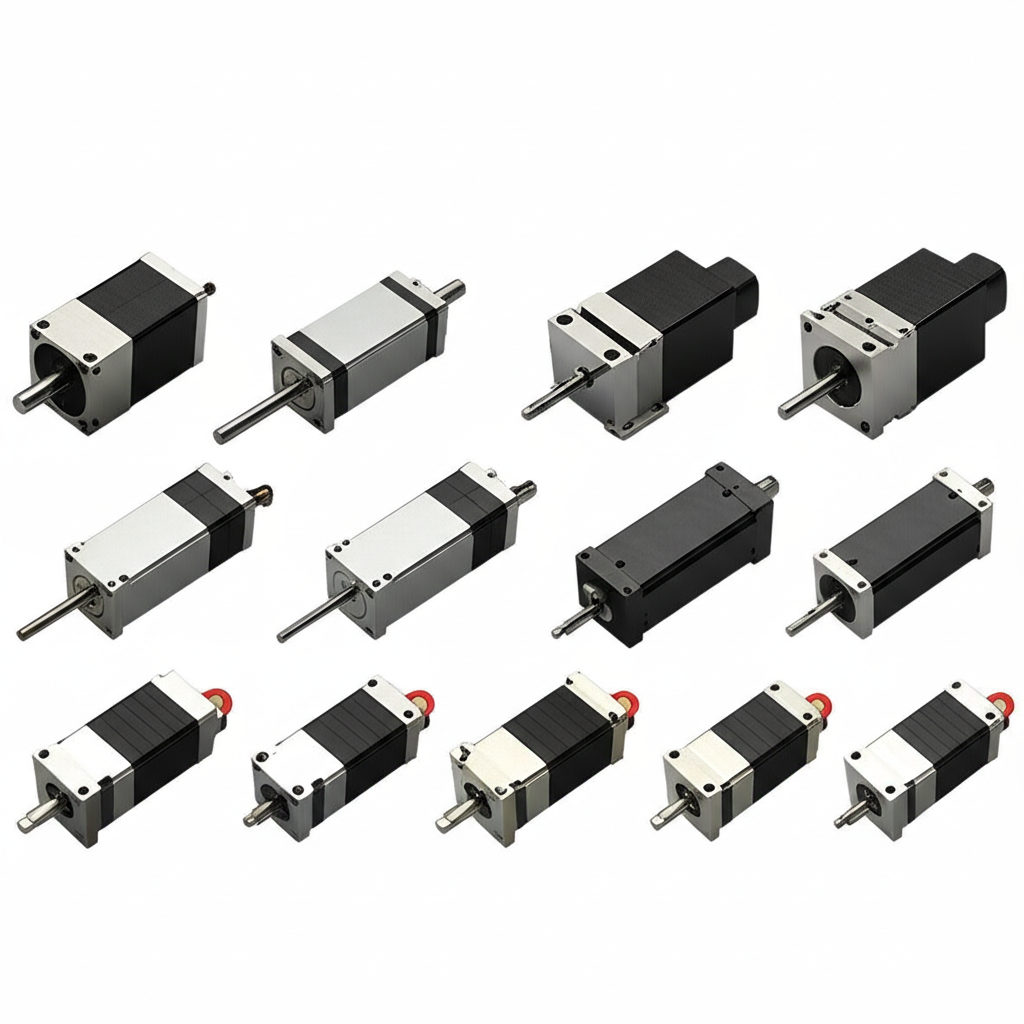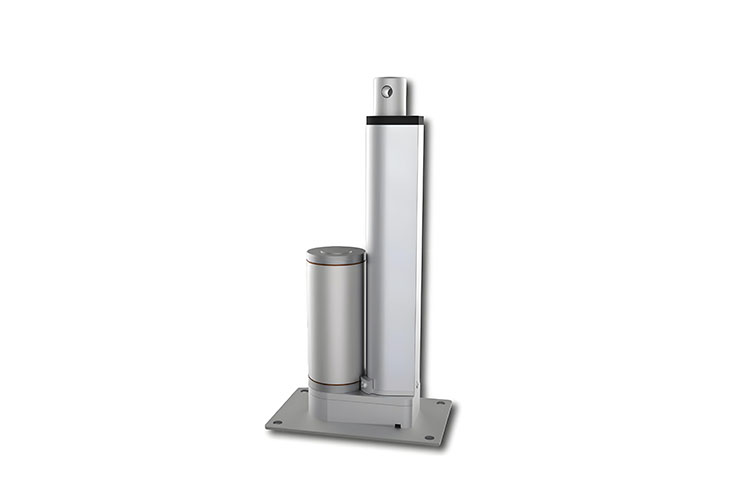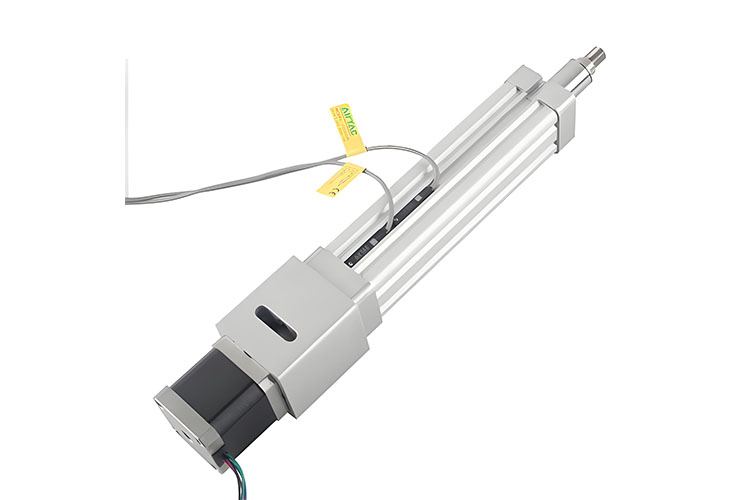Hello! Let’s Make Your Linear Actuator Last Long
Every day, you want things to work. Linear actuators help your machines move up, down, in, and out. They let your desks rise, your robots pick things up, and your doors open with just a push of a button. But what if your actuator stops working too soon? That means work stops. Money gets lost. Waiting begins. You need to know how to make your actuator last.
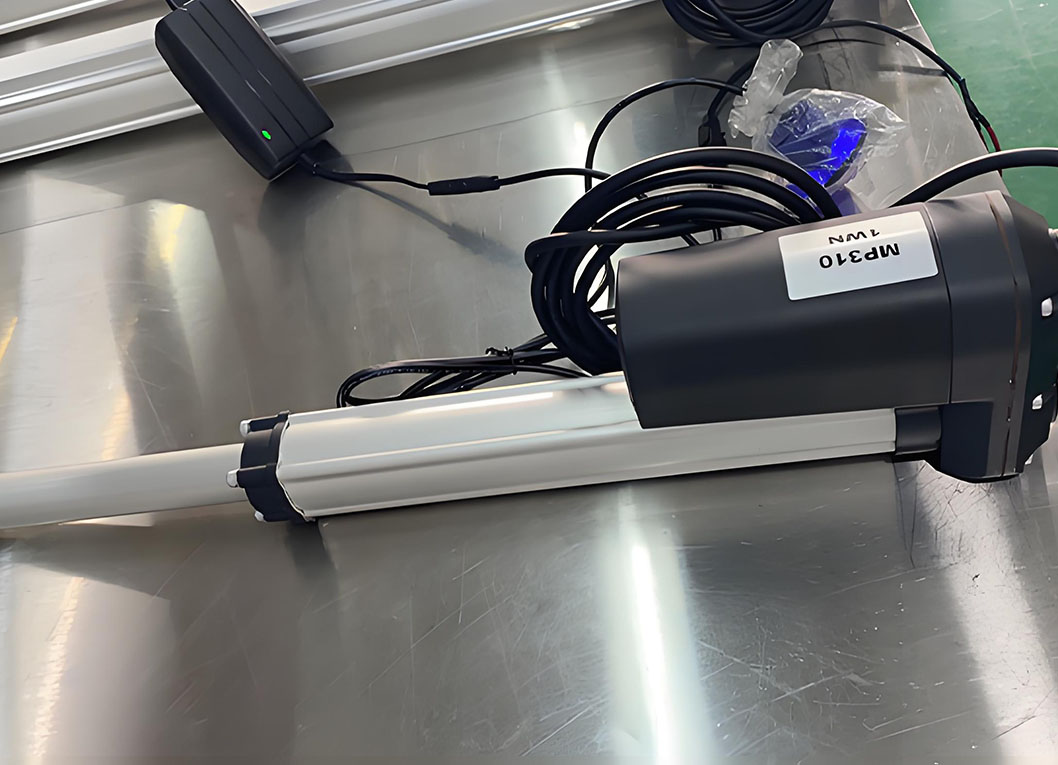
At Jimi (Jimi Technology Co., Ltd.), we help people avoid these problems. We are experts and leaders in making high-quality linear actuators, TV lifts, and other smart moving parts. We want to show you how to keep your actuator working for a long, long time.
What Makes a Linear Actuator Live Longer?
Picture a strong worker in your factory or your home. When this worker gets good tools, regular rest, and works in a safe, clean place, the job gets done right for many years. Your linear actuator is just like that worker.
Here’s what matters most:
- Build and Parts Matter Most
Good insides mean a long life.
- Screws and nuts: You find two main types—ball screw actuators last longer than lead screw ones.
- Bearings: Good bearings keep spinning year after year.
- Motors: Brushless motors outlast brushed motors.
- Gearboxes: Strong gears, no cracks.
- Housing: A tight shell (IP rating) keeps out water and dirt.
Example:
If you use a ball screw actuator in a robot, it might last for more than 500,000 cycles. But if you use a low-quality lead screw design in a dusty area, it could fail in 100,000 cycles or less.
(Source: Case studies, China Linear Actuator Manufacturer)
- How You Use It: Loads, Cycles & More
Don’t lift too much. Don’t run too hot.
- Load (Force): If you try to push or pull too hard (overloaded), your actuator won’t last. A 20% overload can cut lifespan by half!
- Duty Cycle: Keep “on” time short, let it cool down. If it stays on too often, it heats up and wears down.
- Speed and Stroke: High speeds and long strokes mean more friction, more heat, and more wear.
Need help matching actuator to job? Try our Industrial Linear Actuators for heavy work, or our Light-Duty / Miniature Actuators for lighter jobs.
- Environment: Where Your Actuator Lives
Let’s face it—none of us want to sit in dirt, water, or freezing cold. Actuators feel the same way!
- Dust and water: If dirt or water gets inside, the parts break down fast.
- Temperature: Hot places melt grease, making it run slower and wear out. Cold places make seals stiff and hard to move.
- Vibration and shaking: If things shake too much, screws and bearings get loose. They break sooner.
Need help? Use our Waterproof Linear Actuators for wet, dirty places and Stainless Steel Actuators for chemical areas.
- Install, Check, and Oil!
The “little things” add up:
- Put it on straight! If the actuator isn’t lined up, some parts get more stress than others.
- Tight mounting: bolts and brackets must be tight. No wobbles, no shakes.
- Lubrication:
- Oil and grease are like water to a thirsty tree. Not enough, and the actuator dries up and breaks.
- Use the right grease for your actuator and your job.
- Checkups:
- Listen for odd noises.
- Is it moving slower? Use a regular maintenance schedule.
- Bad Use = Bad Results
Using the wrong actuator for the wrong job, or changing wires and settings with no plan, is asking for trouble. Always check the specs and follow instructions.
Table: How Different Things Affect Actuator Life
| What’s Wrong? | How Much Sooner It Fails | What Happens? |
|---|---|---|
| Too Much Load (Overloading) | 30%–70% earlier | Breaks screw, nut, motor |
| Runs Too Long (High Duty Cycle) | 20%–60% earlier | Overheats, wears out motor, gearbox |
| Too Hot or Too Cold | 15%–40% earlier | Grease melts/freezes, seals get hard |
| Dirt or Water Gets In | 20%–50% earlier | Scratches parts, rust, shorts circuit |
| Wrong Oil or No Oil | 30%–80% earlier | Metal rubs, gets hot, parts wear fast |
| Bends or Shakes Too Much | 20%–50% earlier | Bearings or seals break, rod bends |
| Too Many Shakes and Jolts | 10%–30% earlier | Screws and nuts get loose, things snap |
(Facts based on field studies and Jimi’s factory test results)
Need a Quick List? Here’s What to Watch
- Linear actuator durability
- Actuator lifespan factors
- Proper actuator installation
- Actuator maintenance schedule
- Correct actuator selection criteria
Check. Double-check. That’s how you save money and avoid costly breakdowns.
Why Do Most Actuators Die Early?
Look at These Numbers!
- 30–40%: Actuator motor wear (brushes, bearings, windings fail most)
- 25–30%: Screw or nut wears out, especially under dirt or overload
- 15–20%: Bearing failure from side loading or bad alignment
- 10–15%: Seal or gasket failure, water/dust gets inside
- 5–10%: Electrical and control (limit switches, wiring, controller)
Actuators are like people—taking care of the little things makes a big difference!
I See the Problem… How Do I Fix It?
You want your machines up and running.
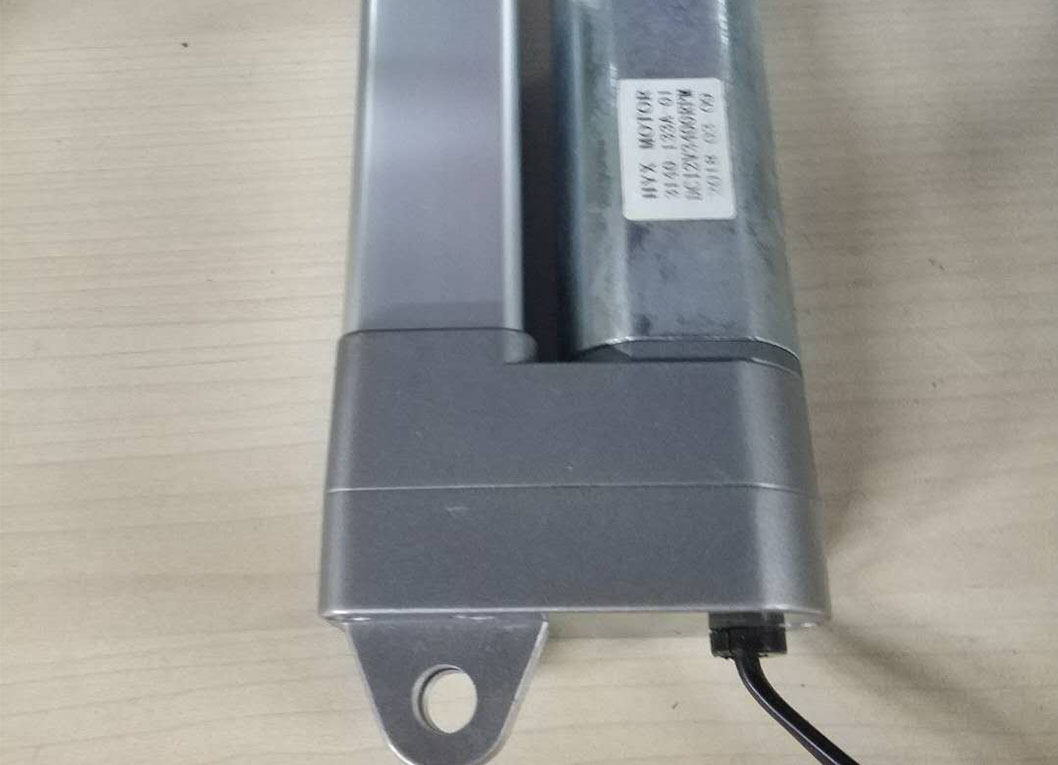
You want no surprises.
You want to save money, time, and headaches.
Easy. Take these steps:
- Pick the Right Tool
Always choose a linear actuator that matches your job. For strong jobs, use Heavy-Duty Linear Actuators. For water or chemicals, pick the ones with good IP rating and seals.
- Install It Right
Make sure it’s lined up, tight, with no bending. Bad alignment is the fast track to costly repairs.
- Stick to Maintenance
Check every month. Add grease. Clean dirt away. Listen for odd noises.
- Learn From the Best
Ask for advice from an expert. Visit our China Electric Cylinder Factory or contact us for real help.
Jimi: Your Trusted Friend For Linear Motion
At Jimi Technology Co., Ltd., we offer so much more than just “parts.”
Our Electric Linear Actuators turn electric energy into motion that’s smooth and quiet.
We don’t just sell. We train you, guide you, and work with you to get the very best from your machines.
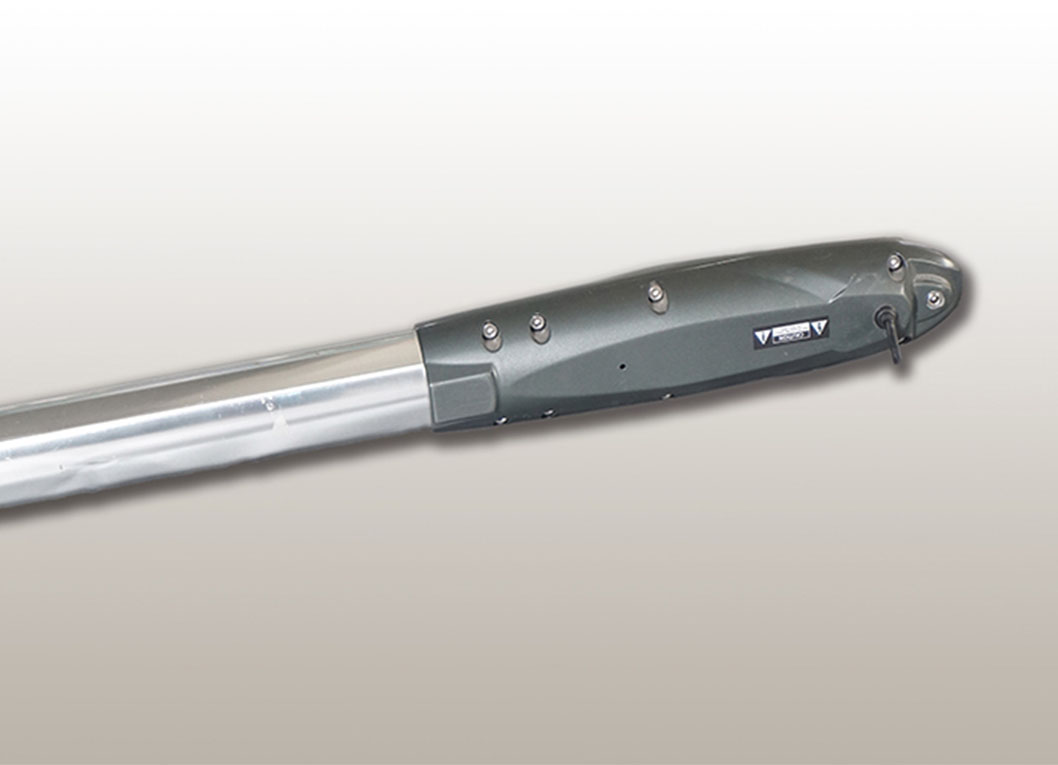
When you need:
- Top reliability
- No-nonsense support
- The latest technology in industrial automation
You can count on us—always.
Don’t settle for “just good enough.” Maximize your results and never worry, with Jimi.
Need More? Check These Out:
- Learn all about ball screw actuator selection—for life and power
- Discover the secrets of brushed vs. brushless motor performance
- Explore actuator options by application with our Electric Linear Actuator guide
See The Facts: What Good Choices Can Do
| Actuator Type | Mean Time Between Failures | Cycle Life (Average) |
|---|---|---|
| Industrial (Heavy-Duty) | 50,000–100,000 hours | 500,000–1,000,000+ cycles |
| Commercial Grade | 10,000–30,000 hours | 100,000–500,000 cycles |
| Low-Grade/Unsealed | 2,000–10,000 hours | <100,000 cycles (in bad conditions) |
The Takeaway
- Smart design.
- Right job, right actuator.
- Clean, dry, and lined up.
- Regular care.
- Work with experts.
Do all these, and your actuator will just keep going.
References
- Jimi Technology Co., Ltd. factory test data—2024
- Industry actuator failure analysis (China Electric Cylinder Factory)
- Application and maintenance tips from global automation experts
Let’s work together for a future where your actuator lasts, your machines run strong, and your worries go away. Click to explore more solutions and contact our team—for long life, real savings, and expert support!



